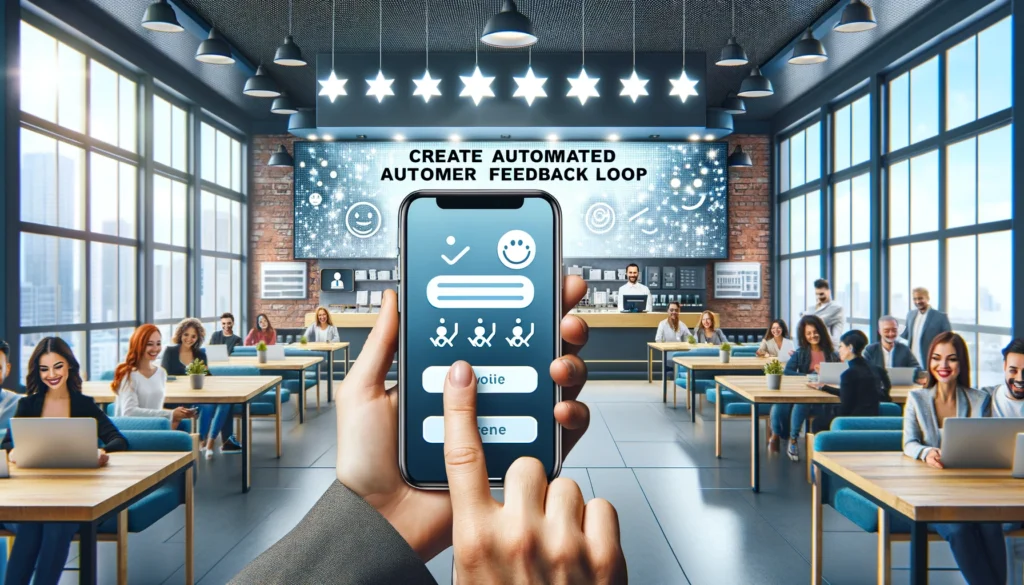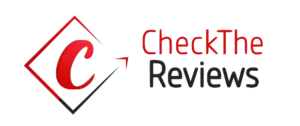Customers of today are demanding and well-informed. They no longer follow marketing pitches or the image of the brand. Instead, they look for feedback from customers who have similar tastes as well as firsthand brand experience.
Customer satisfaction leads to repeat business and positive word-of-mouth recommendations. The direct benefits for the company include greater sales and a larger customer base. The indirect spillover advantages are numerous. Positive word-of-mouth means lower advertising costs. Increased sales boost employee effectiveness and morale, which reduces employee turnover. The multiplier impacts include lower recruitment and training costs. Happy clients mean less labor for customer service representatives and much more savings.
However, making clients pleased is not easy. Customer satisfaction is heavily influenced by the speed and efficiency with which services are delivered. According to PwC’s December 2024 consumer insights poll, 50% of customers consider efficient service delivery before patronizing a business.
In today’s digital age, retail software is important for ensuring smooth operations. How? Keep reading!

How Can Retail Software Improve Customer Experience?
Due to the sheer amount of transactions, growing compliance requirements, and constantly changing client demands, organizations can no longer maintain control using manual processes or early digital
solutions.
Companies using retail software can provide excellent customer service quickly and effectively.
1. Online booking and quotes
The majority of clients detest annoying and time-consuming phone conversations. They like self-service options, particularly using digital channels to schedule appointments and make service requests. Setting up digital touchpoints is made possible for firms by service business software. The most recent suites do it automatically.
The software provides a price in response to a service request from the client. Instant quotation generation choices are available in the best suite. The quote is updated instantaneously as consumers alter the variables. The quote is provided by the service management software, which uses reliable APIs to retrieve data from various systems in the backend.
When the customer accepts the quote, a ticket is opened by the service management software. Through the ticketing system, the involved stakeholders may simply follow the work’s progress from start to finish.

2. Faster scheduling and routing
Field service management software offers rapid scheduling. It meets client expectations of quick service delivery. At the same time, it maintains costs under control while allocating work to field agents optimally. The intelligent scheduling capabilities of the field service management software send tasks to field agents depending on their skills, expertise, and availability. The platform connects to skill repositories and matches job requirements with available agents.
The inventory suite is linked to the software as well. The field agent leaves the job unfinished if they do a service visit without the necessary tools or spares. Customers who are next in line will have to wait longer and the fees will treble for a revisit. Additionally, intelligent scheduling shortens travel times and boosts agent output. It guarantees that the field agent can move on from one task to the next without having to go back. Similarly, the agent is only scheduled during business hours according to the scheduling algorithm.
The linked maps can be consulted by field agents assigned to tasks to determine the most efficient routes to their work areas. Managers can track a field agent’s progress in real-time via GPS real-time tracking. They can alert clients of delays and step in to address any problems that may be causing them.
Software for automated field service management expedites and simplifies the procedure. On the other hand, manual scheduling is rife with misunderstandings and uncertainty. Phone calls overwhelm schedulers, and some service requests go unanswered. Clients are kept waiting forever.

3. Streamlined communication and information management
The main cause of clients leaving a business is inadequate communication. In today’s hectic corporate world, customers anticipate prompt responses. They also anticipate speaking with the appropriate individual who can respond to their problems right away.
Customer and business communication is streamlined by service business software. Consumers receive automatic and current information via the channels of their choice. They receive advance notice of appointments and impending maintenance schedules, for example. The company can provide a payment link that enables simple, contactless payment after a service is completed.
The service management software also offers agents with easy access to information. Field agents have access to customer contact information, service manuals, and communication records. The resulting insights enable them to work faster and more effectively. Effective and proactive communication leads to faster service delivery. It also increases trust and avoids misunderstandings, hence improving customer experience.
4. Streamlined service delivery
Software for home services guarantees efficient operations. Field agents can download checklists and paperwork thanks to top-notch service management software. They can also produce reports electronically, doing away with labour-intensive, prone-to-error paperwork. Compilations and checklists facilitate an organized approach to fulfilling regulatory requirements.
Strong APIs integrate operations and allow data to flow freely. For example, the field agents can create invoices and obtain payment after their task. Accounting and payroll are only two examples of the backend processes that the service management software handles. Customers are more satisfied when they obtain timely services.

5. Automated Customer Feedback Requests
Gathering real-time client feedback is one of the simplest ways to enhance sales and customer service. Automating reviews and feedback is a crucial function that every retail software should have. Online reviews can influence customers to make a purchase and assist in establishing your brand’s credibility, particularly for e-commerce enterprises. However, it might be challenging to produce these reviews on your own. To ensure that this crucial marketing objective is not overlooked, an automated method should be put up.
With retail software, gathering feedback is as simple as sending an automated email or text message. You may even respond to reviews from Facebook, your website, and numerous other platforms all in one place, saving time. This is a game changer for numerous business owners.

Top Features to Look for in a Retail Business Software
Not all service management software is the same. The features and functionality of each suite will differ based on the product positioning and target audience. However, any service business software would perform poorly without the following core elements.
- CRM: Having access to CRM enables you to view client information and service records. Field agents can do their duties more efficiently and swiftly with the use of such information.
- Calendar: Field agents’ current positions and future schedules are displayed in calendar displays. An aerial perspective like this enhances oversight and facilitates more effective planning and allocation. Free field agents are easy to identify and assign tasks to by managers.
- Mobile app: Cloud-based field service software that is available anywhere, at any time, is the finest available. It allows field agents and other stakeholders to download companion mobile apps. These applications offer quick access to data. Additionally, it makes it possible for field agents and the office to communicate seamlessly. These applications are used by field agents to record tasks completed, create reports automatically, obtain electronic signatures, and more.
- GPS monitoring: The related smartphone apps also allow for real-time Uber-style tracking of field agents. Such monitoring enables consumers who are waiting to receive a real-time ETA. It also enables compliance with quality and safety norms. Managers can control operations using pipeline views of operations and work progress.
- Forms and checklists: Forms and checklists help field agents work more efficiently and effectively. It also enables managers to oversee workflows and guarantee that the job satisfies safety and compliance standards.
- APIs: The field service management program is not a stand-alone system. APIs guarantee smooth data transfer between third-party and other company apps. The output’s accuracy and quality are enhanced by this connectivity.

Conclusion
Requesting feedback from clients and making it easily accessible on your website for prospective buyers demonstrates your appreciation for their input and your continuous search for methods to make your items better. Positive feedback from clients who have had outstanding interactions with your brand is always appreciated. However, soliciting feedback also presents an opportunity to make amends with irate and disgruntled consumers and maybe win back their patronage.
Retail software may be the best option for your company if you want to streamline in-store and online inventory, bookkeeping, customer support, and feedback. Understanding the top five retail software features is a wonderful place to start when looking for the ideal software solution for your specific requirements. However, there is still work to be done: sit down with company stakeholders and determine what is most important to you when selecting a software solution.







